Most hospitals give financial assistance based on the size of your household, your total annual income before taxes, and the federal poverty level. Learn how to find and read the hospital charity care policy to figure out if you qualify.
Find your hospital’s financial assistance policy
Start by typing the name of your hospital and the words “financial assistance” into Google or another internet search engine.
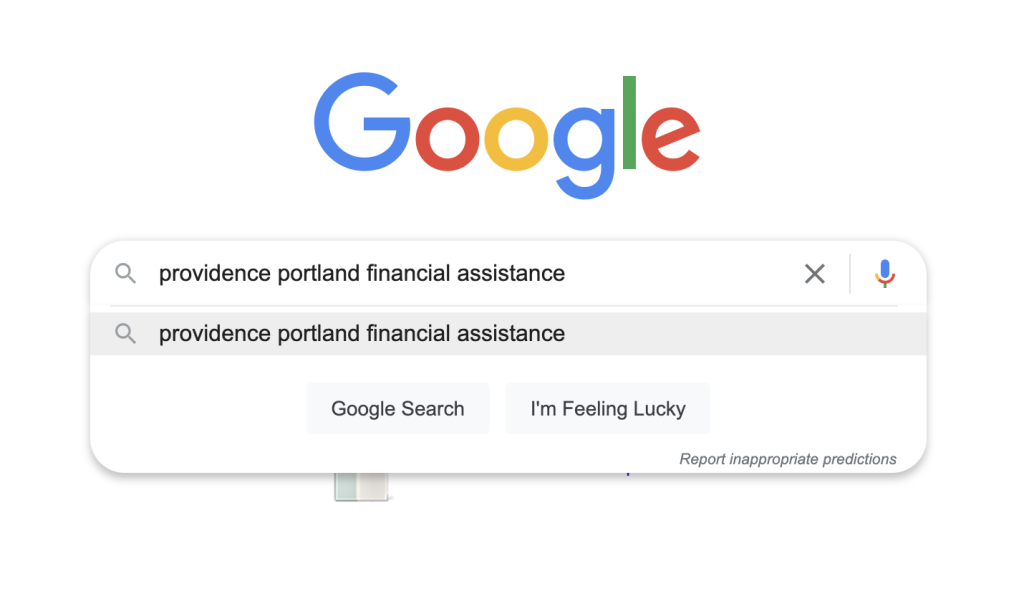
Most of the time, it will be the first link in the search results.
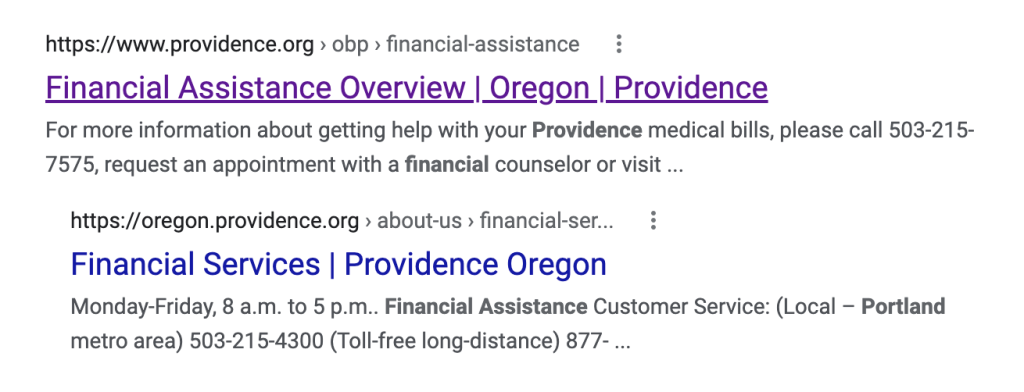
Click on that link and you’ll probably find the hospital’s financial assistance page. Here are some examples of what those pages look like:
- Legacy Health, Portland, Oregon
- Memorial Hermann, Houston, Texas
- Integris Health, Oklahoma City, Oklahoma
- MedStar Health, Columbia, Maryland
Links to the policy and application should be visible on their website. You need to find and download two things:
- The Financial Assistance Policy or Plain Language Summary
- The Financial Assistance Application
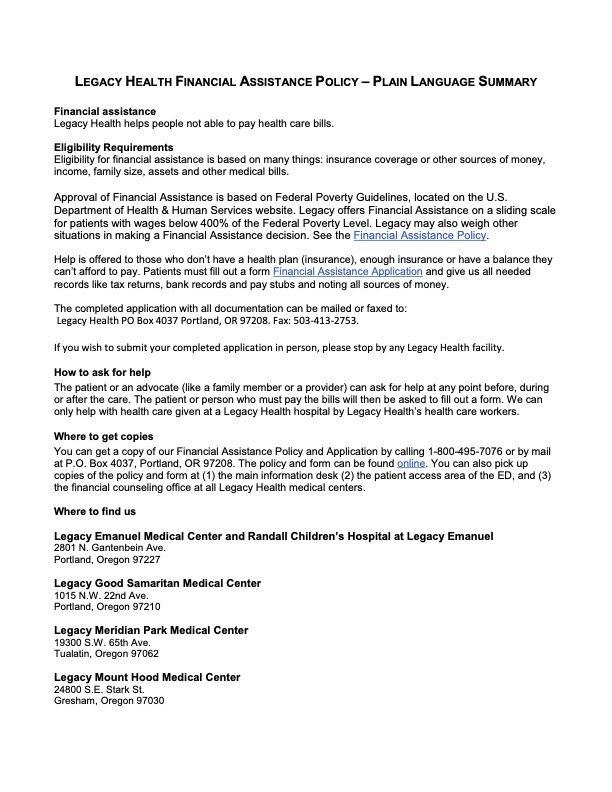
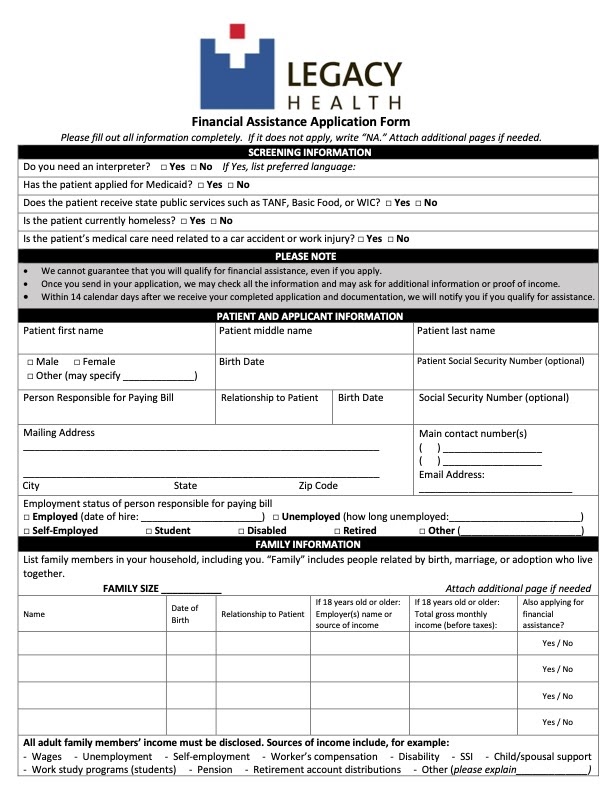
Read your hospital’s financial assistance policy
Financial assistance policies can look really overwhelming. That’s ok. You can do it! You only need to figure out a few things:
- What are the income requirements for qualifying?
- What is the deadline for applying?
- How do you apply?
- Who should you call if you have questions?
Remember — every hospital has its own policy. Make sure you are looking at the policy for your specific hospital. Many hospitals have similar names so make sure you’ve found the right one.
Look for income requirements
Look through the policy for information about income requirements. You can search for the % sign, or the words “Federal Poverty Guidelines” or “Federal Poverty Level” (or the shorter “FPL”). Some hospitals will have an easy-to-read chart that might look like this:

Here is how to read this chart:
- If you make between 0 and 300% FPL for your family size, you would qualify for 100% forgiveness. That means your bill of $10,000 would be entirely forgiven, and you would owe $0.
- If you make between 301% and 350% FPL, you would qualify for 75% forgiveness. That means that a bill of $10,000 would be reduced, and you would owe only $2,500.
- If you make between 351% and 400% FPL, you would qualify for 55% forgiveness. That means that a bill of $10,000 would be reduced, and you would owe only $4,500.
Calculate your Federal Poverty Level
Start by figuring out your household size. Households are the people who live together and are responsible for each other’s bills. For example:
- 2 parents and their 2 minor children would be a household of 4.
- 4 roommates who live together and pay taxes separately would each be a household of 1.
- An adult who lives with their parents but files their own taxes and is not claimed as a dependent by the parents would also be a 1 person household.
For more detailed definitions of households, check out these descriptions.
Next, figure out where you fit in the 2024 Federal Poverty Levels (FPLs) with these charts:

1 Person Household
| % of FPL | Income |
| 100% | $15,650 |
| 150% | $23,475 |
| 200% | $31,300 |
| 300% | $46,950 |
| 400% | $62,600 |

2 Person Household
| % of FPL | Income |
| 100% | $21,150 |
| 150% | $31,725 |
| 200% | $42,300 |
| 300% | $63,450 |
| 400% | $84,600 |

3 Person Household
| % of FPL | Income |
| 100% | $26,650 |
| 150% | $39,975 |
| 200% | $53,300 |
| 300% | $79,950 |
| 400% | $106,600 |
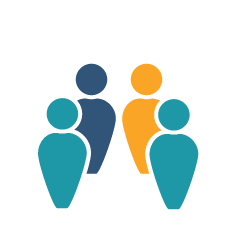
4 Person Household
| % of FPL | Income |
| 100% | $32,150 |
| 150% | $48,225 |
| 200% | $64,300 |
| 300% | $96,450 |
| 400% | $128,600 |
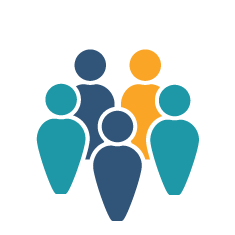
5 Person Household
| % of FPL | Income |
| 100% | $37,650 |
| 150% | $56,475 |
| 200% | $75,300 |
| 300% | $112,950 |
| 400% | $150,600 |

6 Person Household
| % of FPL | Income |
| 100% | $43,150 |
| 150% | $64,725 |
| 200% | $86,300 |
| 300% | $129,450 |
| 400% | $172,600 |

7 Person Household
| % of FPL | Income |
| 100% | $48,650 |
| 150% | $72,975 |
| 200% | $97,300 |
| 300% | $145,950 |
| 400% | $194,600 |
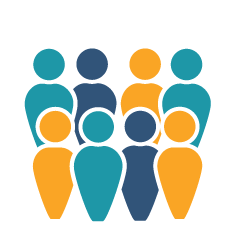
8 Person Household
| % of FPL | Income |
| 100% | $54,150 |
| 150% | $81,225 |
| 200% | $108,300 |
| 300% | $162,450 |
| 400% | $216,600 |

Additional Household Members
Add the amount shown below for each household member above 8 members.
| % of FPL | Additional Amount Per Person |
| 100% | $5,500 |
| 150% | $8,250 |
| 200% | $11,000 |
| 300% | $16,500 |
| 400% | $22,000 |
Notes:
- View full 2025 Federal Poverty Guidelines chart as a PDF
- Data source: ASPE Poverty Guidelines for 2025
- If you live in Hawaii or Alaska, the guidelines are different. Look up FPL levels for HI and AK residents here.
- If you have more than 8 people in your household, add the amount in the last row to the 8 person-household for each additional person. For example, if you have 10 people, add $54,150 + $5,500 + $5,500 to see the amount for 100% of the Federal Poverty Level.
Here are some examples of how to read these charts:
- A single person who makes $14,000 a year in total income before taxes would be below 100% FPL.
- A single person who makes $50,000 would be below 400% FPL but above 300% FPL.
- A family of 4 who makes $60,000 would be below 200% FPL but above 150% FPL.
Check for clauses about patients with insurance
Some hospitals also have additional financial assistance for uninsured patients. Here is an example:

This means that this hospital will forgive 35% of all bills for uninsured patients no matter how much money they make.
Look up the application deadline
Nonprofit hospitals must give patients 240 days (about 8 months) to apply for financial assistance. That 240 days starts from the day they send the first bill, not the day you visit the hospital. Some hospitals will give patients more than 240 days to apply.
It’s always helpful to know the hospital’s rules so that you can be sure to apply in time. One easy way to check for a deadline is to search the policy document for “240” or the word “deadline.”
Some hospitals will even forgive older bills. It’s always worth calling the hospital to find out whether they will accept a financial assistance application after the deadline has passed.
Download the financial assistance application
You should be able to find a copy of the financial assistance application on the hospital financial assistance page. Try searching the word “application.” It can be well hidden so look carefully.
Sometimes, hospitals will not post their application and will instead require you to call and request that a copy be mailed to you. Don’t get discouraged — making that request will be worth the effort.
If needed, call the hospital for help
If you have questions about the financial assistance rules at your hospital, the best place to start is to call the hospital financial assistance department directly. You’ll almost always find a phone number on the financial assistance page of the hospital’s website or in the financial assistance policy. This number is sometimes different from the billing office — so be sure to look on the financial assistance page.
When you call, ask for the financial assistance department. Then ask as many questions as needed to get the information to complete your application. If English is not your first language, you should also be able to find support in other languages when you call.
You don’t have to do this alone!
Dollar For can check if you are eligible, send you tips on applying, or even submit an application to the hospital for you.
